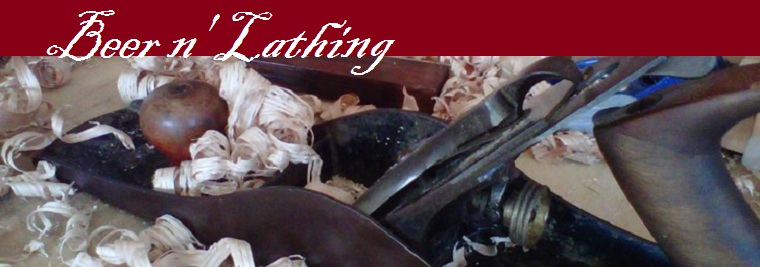I haven't decided what the upload schedule with be, but I work at home almost every day of the week so I have plenty to share.
An extremely condensed update of life since the previous posting in 2014:
- I graduated the ECC Historic Preservation Program.
- I worked freelance for about and then taught for ECC.
- I moved to Vermont, twice.
- The workspace has been officially christened as Dan's Wood Shoppee and is now located in the house. No power sanding or major power tools allowed, it's mostly a hand-tool space.
There, you are mostly caught up. I may expand on these things at a later date but for now I want to talk about the folding table.
Dad's Folding Table
This little table was built by my father and given to me in 2010, when I was roaming the USA.
The table was built of red oak acquired from a big-box store and joined using wood glue, no joinery. It held up about 10 years. After that, most likely due to temperature and humidity, the glue finally gave out. I set it and the few now-loose pieces aside until I found the time to repair them. In other words, cleaned the shoppee.
Last week, I pulled the table from its resting location, a little spot leaning against the wall in fron of the mobile bench shoppee and decided to repair the two slats that had experienced glue failure. I decided to use dowels as a hidden tenon and leave the original look of the piece. I could have used screws, but my OCD and back ground in preservation wouldn't allow it. As I tapped the first of the two repairs in place, the slight jarring of the tapping cause a majority of the remaining glue joints to fail completely. I now had one piece clamped in place and about five newly-loosened pieces littering the bench top. I had a moment of surprise and then proceeded as any sane person would, and laughed. I finished clamping the repair I had started and let the glue cure, planning to finish later. This is where the photos begin.
This is the starting point after the previous clamping and cure time. I've already cleaned off the old glue with a chisel.
I decided to put a little painters tape this time as I noticed I couldn't get all the squeeze out cleaned up and I had to break away some of the excess glue.
I begine by drilling out holes 5/16 diameter and about 1/2 inch deep. I then clean up the top edge of the hole using a countersink bit.
I then insert these little center finders to mark the joing piece.
Like so.
This is the dowel I've been cutting up to use as plugs.
Round the leading edge. I used a pencil sharpener.
Then I insert the dowl and mark it with a knife.
Using a pencil, I then insert the same dowel into the receiving mortice. The use of a pencil for one hole and the knife for the other ensures that I can tell the two marks apart.
Using a metric scale, I add both the marks together and mark the final length of the dowel 2-3 mm less than the total.
After cutting it to length, I sanded it to reduce the diameter of the dowel slightly.
Glue the dowel.
Clamp it down.
Repeat as required and wait for it to cure. You may have noticed that I clamped it to the bench. Thankfully, I have plenty more to work on.
Thanks for following and feel free to leave comments or questions.
Dan.















No comments:
Post a Comment
Let me know what you think! Comments and suggestions are always welcome!